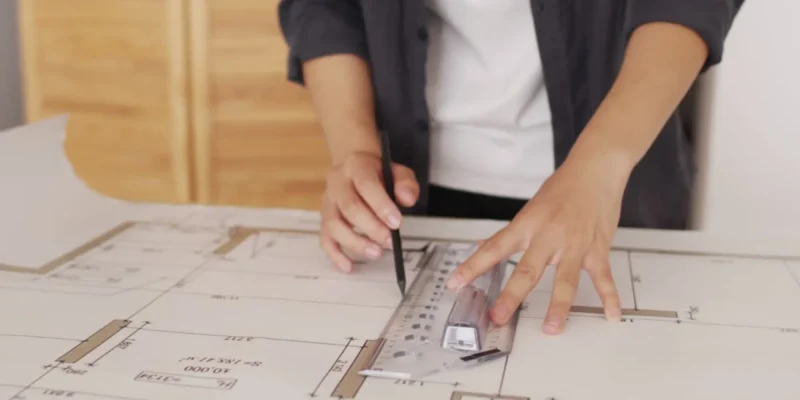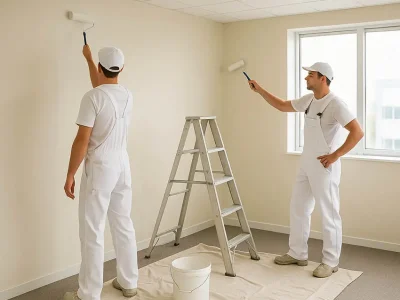When it comes to creating environments that are as useful as they are inspiring, architects are at the center stage. Understanding how architects balance space with beauty can help you to see the art behind designing structures that appeal to the senses and are actually built to be used.
In this post, we will explore the ways architects have worked to make form meet function.
Space Management and Aesthetics in Architecture
Function and Aesthetic Coexistence
The challenge for architects is to design spaces, able to fulfill practical needs that also look good. To do this, they integrate next-generation technologies that maximize utility and elegance collectively. Architects, for example, frequently utilize open floor plans in their designs that create a feeling of openness and allow natural light to freely move. This strategy is not only conducive to aesthetics but also to energy efficiency.
By applying adaptive designs spaces can conform to multiple functions. Convertible rooms, modular furniture, and the like are great examples of modern architects giving as much importance to function as opposed to form. This, in turn, suits the occupants’ varying lifestyles making them comfortable in their habitat.
Creative Use of Materials
Finish choice In practice, process options made to a structure have an influence on their usefulness and also look. As a matter of practice, architects are always investigating different materials and looking for ways they can be combined to suit the goals of a specific project. As a result, sustainable materials like reclaimed wood and recycled metal are seen more often on interior walls in part because of their unique textures but also to help the environment.
With creative resourcefulness, even the seemingly mundane can become simply remarkable. Glass is an excellent example of this, as it allows for a level of transparency to the exterior that makes occupants feel connected to the natural world beyond their building, thereby giving occupants the impression that they are enjoying both environments at once.
Optimize Space Through Intelligent Design
Space management is the key to architectural design. Utilizing what is known in architectural parlance as every inch of usable square footage. Furniture and fixtures are positioned to create a logical flow between areas and aid in the movement of people throughout the space.
Design Solution: Another design solution that is practical but also adds a little something can be seen in utilizing vertical spaces. Add details such as tall bookshelves or hanging gardens while decorating to add more detailing to your space, and some green spaces for fresh air.
Emphasize Natural Elements
Natural elements such as an indoor garden, a water element, or big windows to let in panoramic views of the surroundings are often featured by the best architects in Santa Monica, CA. These elements provide a calming environment that links the occupants to nature.
When it comes to the principles of biophilic design practices one main element is nature. Where architects apply natural patterns/colors/textures they instinctively establish a sanctuary of calmness and harmony. As well as adding to the aesthetic value, this also has bearings on the mental health and wellness functions of people.
Adapt to Modern Trends
Architectural designs develop over time as societal changes demand alternative styles and preferences. To keep their designs relevant and innovative, architects also make sure to keep themselves up to date with the latest times. Trends and Modern Styles Nowadays you know are about minimalism, sustainable things or technology everywhere, etc.
Minimalist Such designs emphasize simplicity, with an emphasis on clean lines and uncluttered spaces. This approach improves visual appeal by emphasizing the important aspects and removing clutter. Sustainability has been a key trend, with architects using green practices and materials to form an energy-efficient design. Meanwhile, technology integration — such as smart home systems — boosts functionality and ease of use which complements our current lifestyle.
Conclusion
Young architectural brains hold immense power to integrate aesthetics and space management into one unified embodiment that brings the best of environment both to serve, and entice. Through the blending of both form and function, using new materials and a touch of nature, architects create places that resonate with their users. More than just passing fads or phases, the design strategies meet shifting tastes, and architects are resolved to ensure that their works stay relevant forever. Architects in their expert vision create plots that serve both functional and spiritual purposes, expanding spaces, not just fulfilling them.













Comments